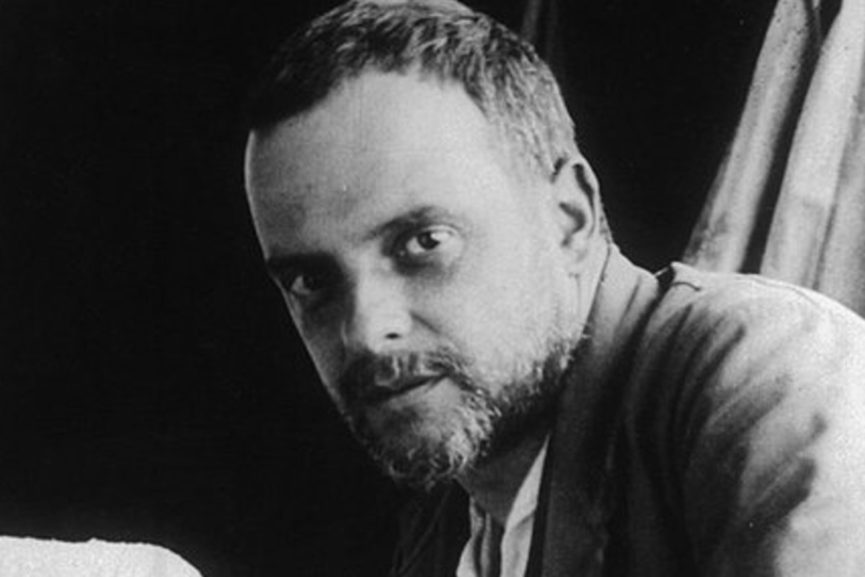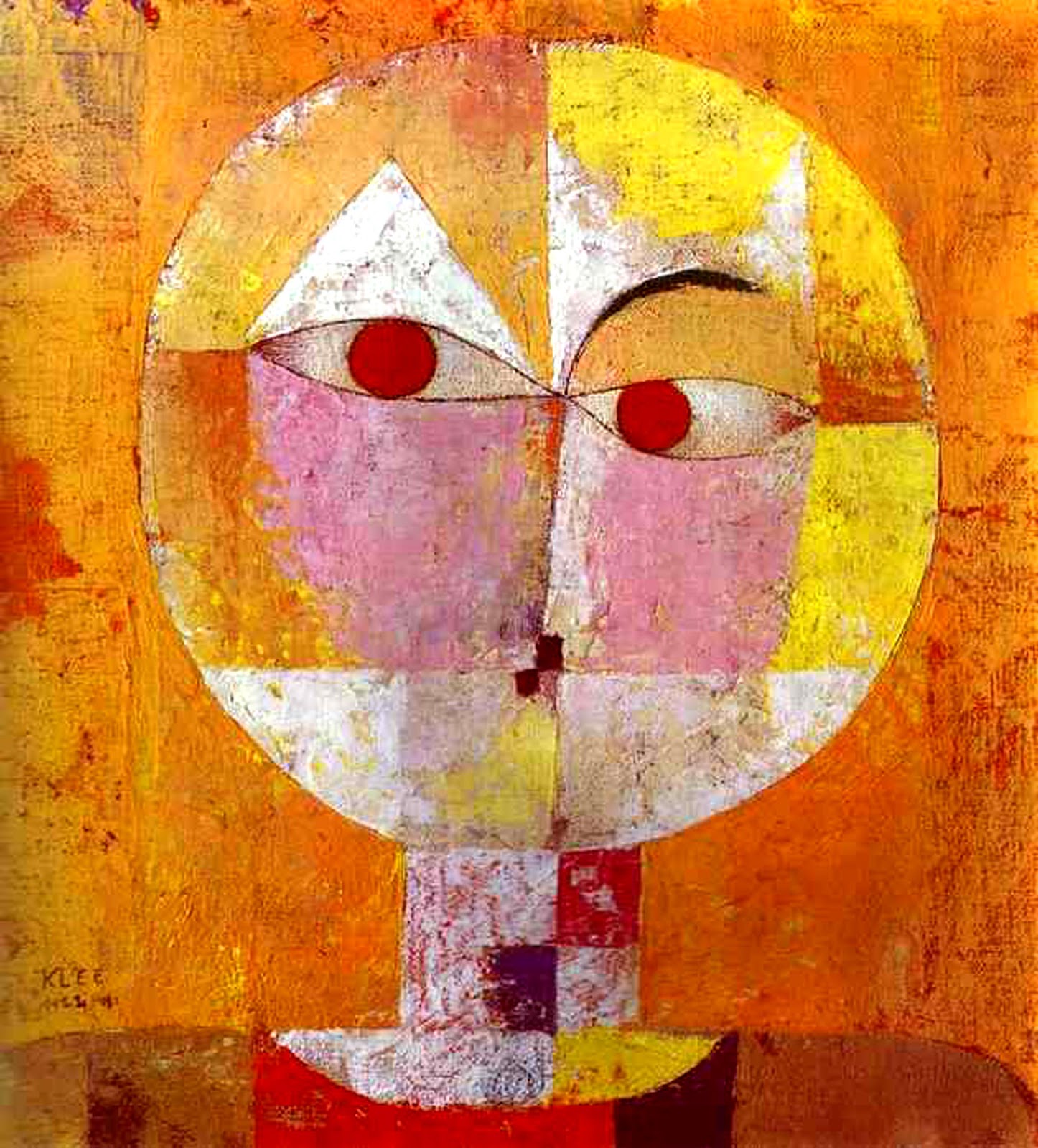Abstract expressionism is a post–World War II art movement in American painting, developed in New York in the 1940s. It was the first specifically American movement to achieve international influence and put New York City at the centre of the western art world, a role formerly filled by Paris.
Jackson Pollock

Alive between 1912 and 1956, Jackson Pollock was an American painter and a major figure in the abstract expressionist movement. He was widely noticed for his technique of pouring or splashing liquid household paint onto a horizontal surface, enabling him to view and paint his canvases from all angles.

His paintings have been widely criticized, with people regularly stating “my cat could’ve painted that”, but despite this probable truth, his artwork has also risen into international acclaim, and his name is one of the biggest in the art world. I mean, everyone and their artistically inclined cat has heard of Jackson Pollock.
His paintings usually look as if a couple hundred of sickly cats have violently puked all over a gigantic canvas, and then hung in an art gallery. I could go into more details of the characteristics of his artwork, but I feel like that sentence sums it all up perfectly.

His tributes to the accidental ejection of stomach acid were painted with oil paint and enamel paint.
Some of the artists and movements that influenced Pollock were; his wife Lee Krasner, David Alfaro Siqueiros, Abstract expressionism, Expressionism, Modern art, and Action painting.
Some of the major world events in his lifetime were; The Wright brothers made the first controlled, sustained flight in heavier-than-air aircraft in 1903. The titanic setting sail and inevitably sinking in 1912. World War 1 between 1914 and 1918. In the same year, a worldwide influenza epidemic struck; by 1920, nearly 20 million were dead. World War 2 between 1939 and 1945. Atomic bombings of Hiroshima and Nagasaki in 1945. The Vietnam War between 1955 and 1975. So Pollock never lived to see the end of the Vietnam War.
Even after I’ve criticised his work so much, I actually like the utter chaos of his work, but I also like that he was an example of how you can be an acclaimed artist without actually possessing any real talent.
Helen Frankenthaler

Alive between 1928 and 2011, Helen Frankenthaler was an American abstract expressionist painter. She was a major contributor to the history of postwar American painting. Having exhibited her work for over six decades, she spanned several generations of abstract painters while continuing to produce vital and ever-changing new work.

Her work mostly consists of large blobs of paint spread out across the canvas, in a multitude of colours that sometimes blend into each other.
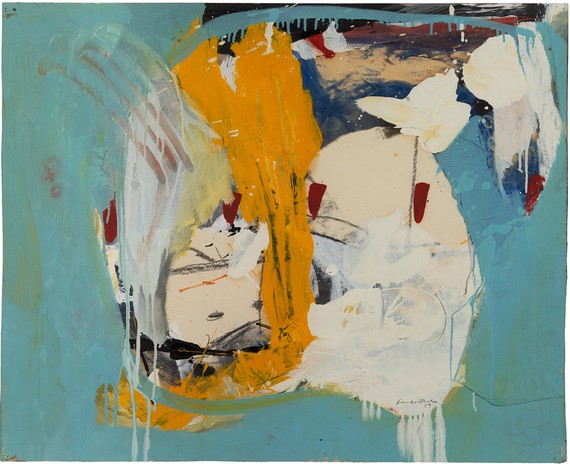
The mediums that she used to make her messy artworks were; oil paints, pens, acrylics, and watercolour. She also sometimes painted on woodcuts.
Some of the artists and art movements that inspired her were; Abstract Expressionism, Color Field painting, Cubism, Lyrical Abstraction, Jackson Pollock, Hans Hofmann, and Paul Freeley.
Some of the major world events in her lifetime were; The Wright brothers made the first controlled, sustained flight in heavier-than-air aircraft in 1903. The titanic setting sail and inevitably sinking in 1912. World War 1 between 1914 and 1918. In the same year, a worldwide influenza epidemic struck; by 1920, nearly 20 million were dead. World War 2 between 1939 and 1945. Atomic bombings of Hiroshima and Nagasaki in 1945. The Vietnam War between 1955 and 1975. 9/11 in 2001.
I’m not a big fan of her artwork. I guess that I just don’t really understand it.
William De Kooning

alive between 1904 and 1997, Willem de Kooning was a Dutch-American abstract expressionist artist. He was born in Rotterdam and moved to the United States in 1926, becoming an American citizen in 1962. In 1943, he married painter, Elaine Fried.

His paintings are mostly lots of seemingly random, multicoloured brushstrokes, which sometimes form into people and objects.
Much like Jackson Pollock, Kooning used a technique called “action painting”. Action painting, sometimes called “gestural abstraction”, is a style of painting in which paint is spontaneously dribbled, splashed or smeared onto the canvas, rather than being carefully applied. The resulting work often emphasizes the physical act of painting itself as an essential aspect of the finished work or concern of its artist.
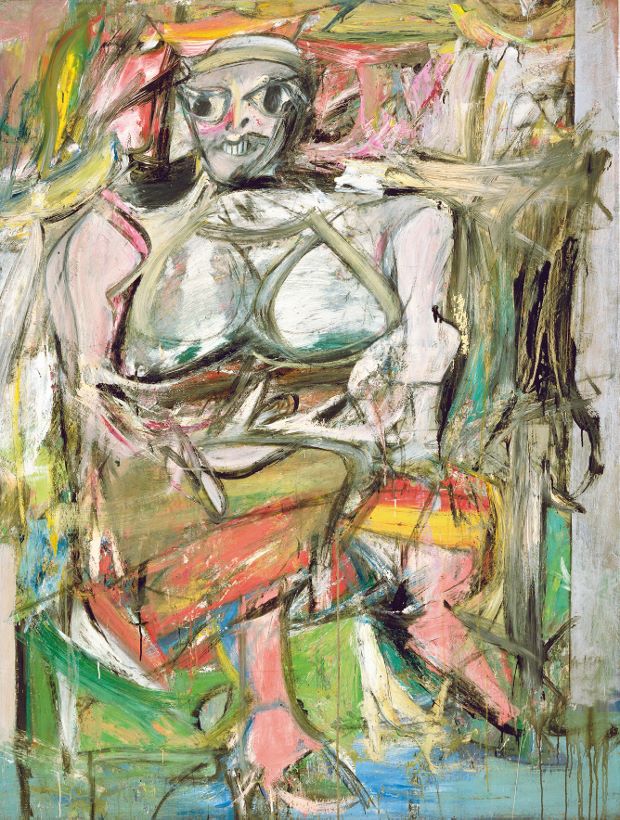
Some of the mediums he used to make his artwork were; Graphite, Crayons, Pastels, Oil paint, and bronze.
Some of the artists and art movements that inspired Kooning were; Abstract expressionism, Expressionism, Abstract art, Modern art, Jackson Pollock, Elaine de Kooning, Lee Krasner, Franz Kline, Arshile Gorky, Mark Rothko, Hans Hofmann, Nell Blaine, Adolph Gottlieb, Anne Ryan, Robert Motherwell, Philip Guston, Clyfford Still, and Richard Pousette-Dart.
Some of the major world events in his lifetime were; The Wright brothers made the first controlled, sustained flight in heavier-than-air aircraft in 1903. The titanic setting sail and inevitably sinking in 1912. World War 1 between 1914 and 1918. In the same year, a worldwide influenza epidemic struck; by 1920, nearly 20 million were dead. World War 2 between 1939 and 1945. Atomic bombings of Hiroshima and Nagasaki in 1945. The Vietnam War between 1955 and 1975.
I’m not exactly a big fan of his artwork. I don’t really like abstract expressionism to be perfectly honest. Although I don’t understand it either, so that doesn’t help much.
Research
https://en.wikipedia.org/wiki/Abstract_expressionism
https://en.wikipedia.org/wiki/Jackson_Pollock
https://en.wikipedia.org/wiki/Helen_Frankenthaler
https://en.wikipedia.org/wiki/Willem_de_Kooning


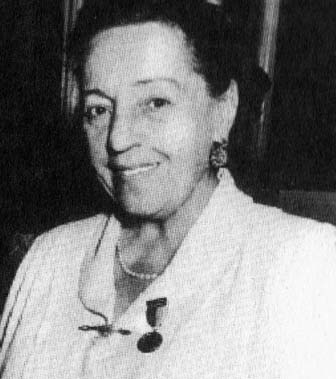
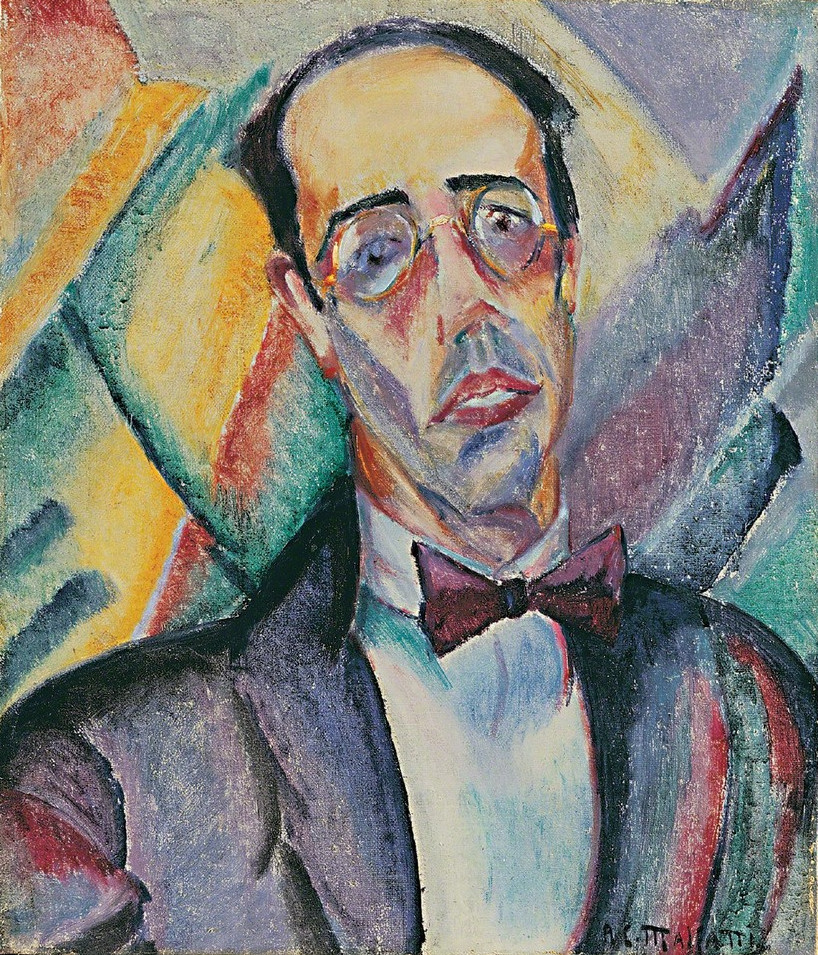
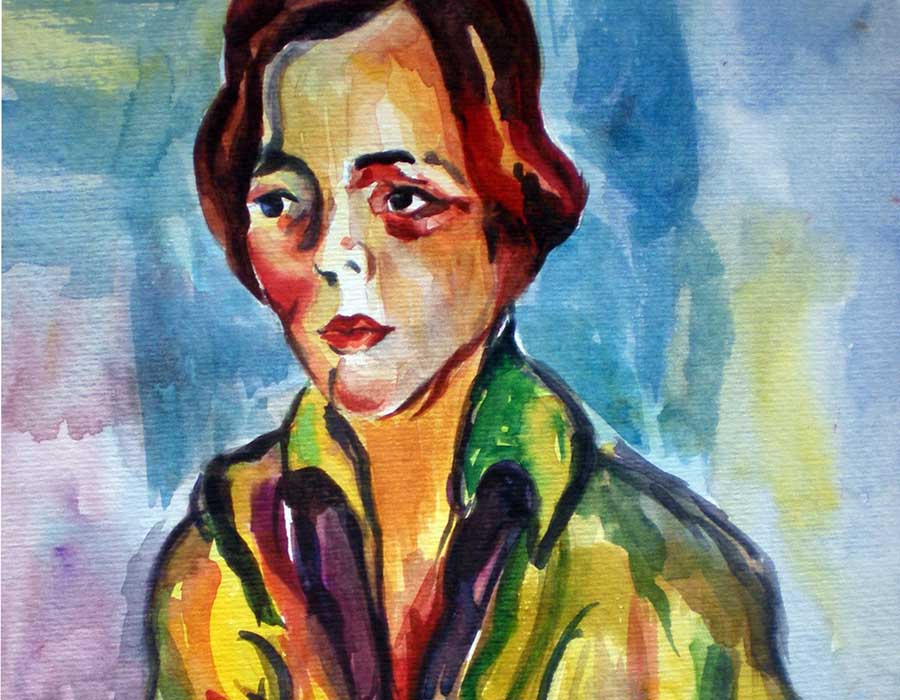











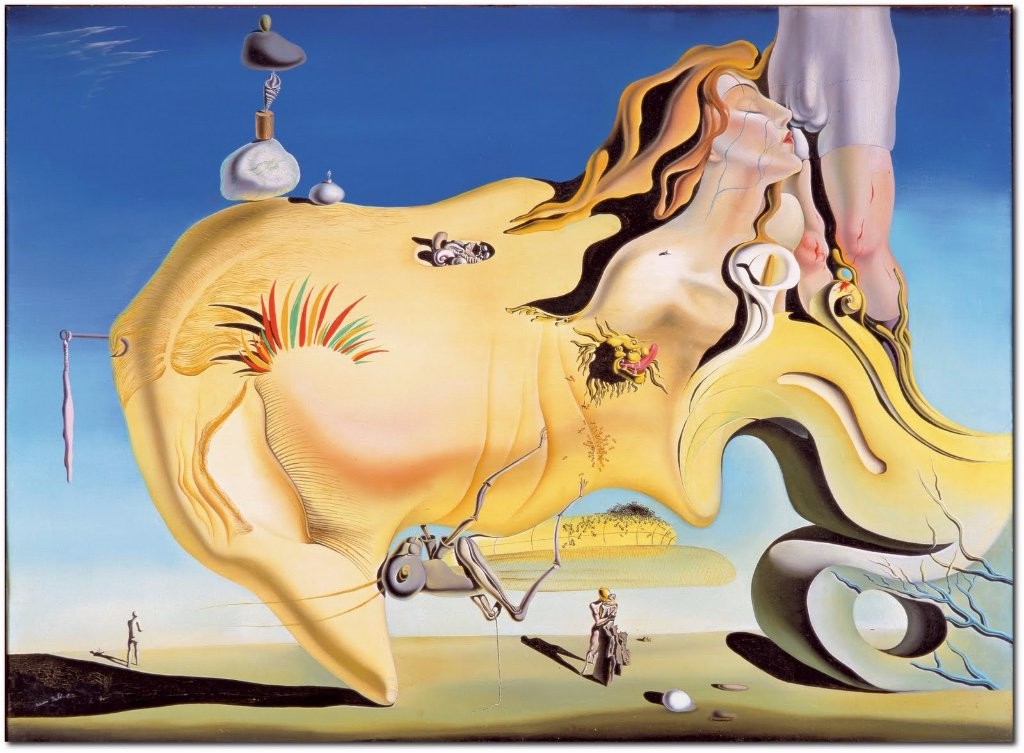








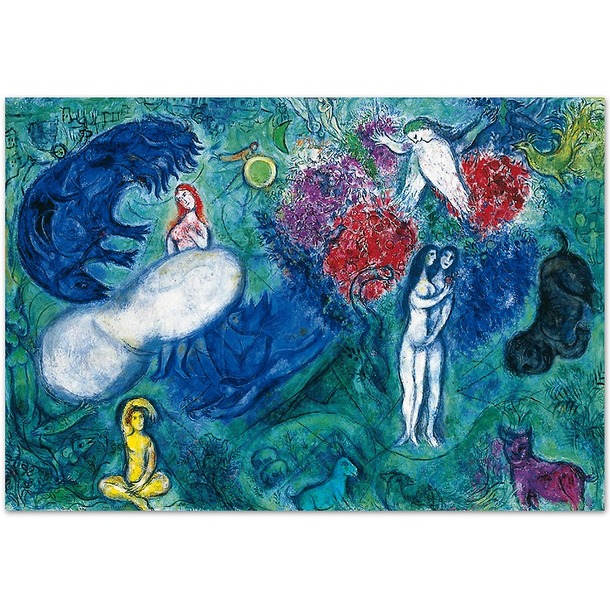
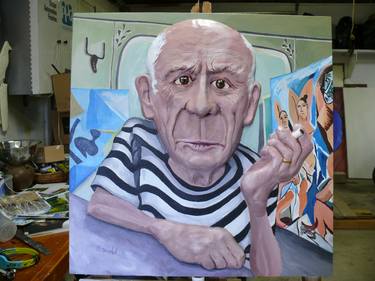



.jpg)

